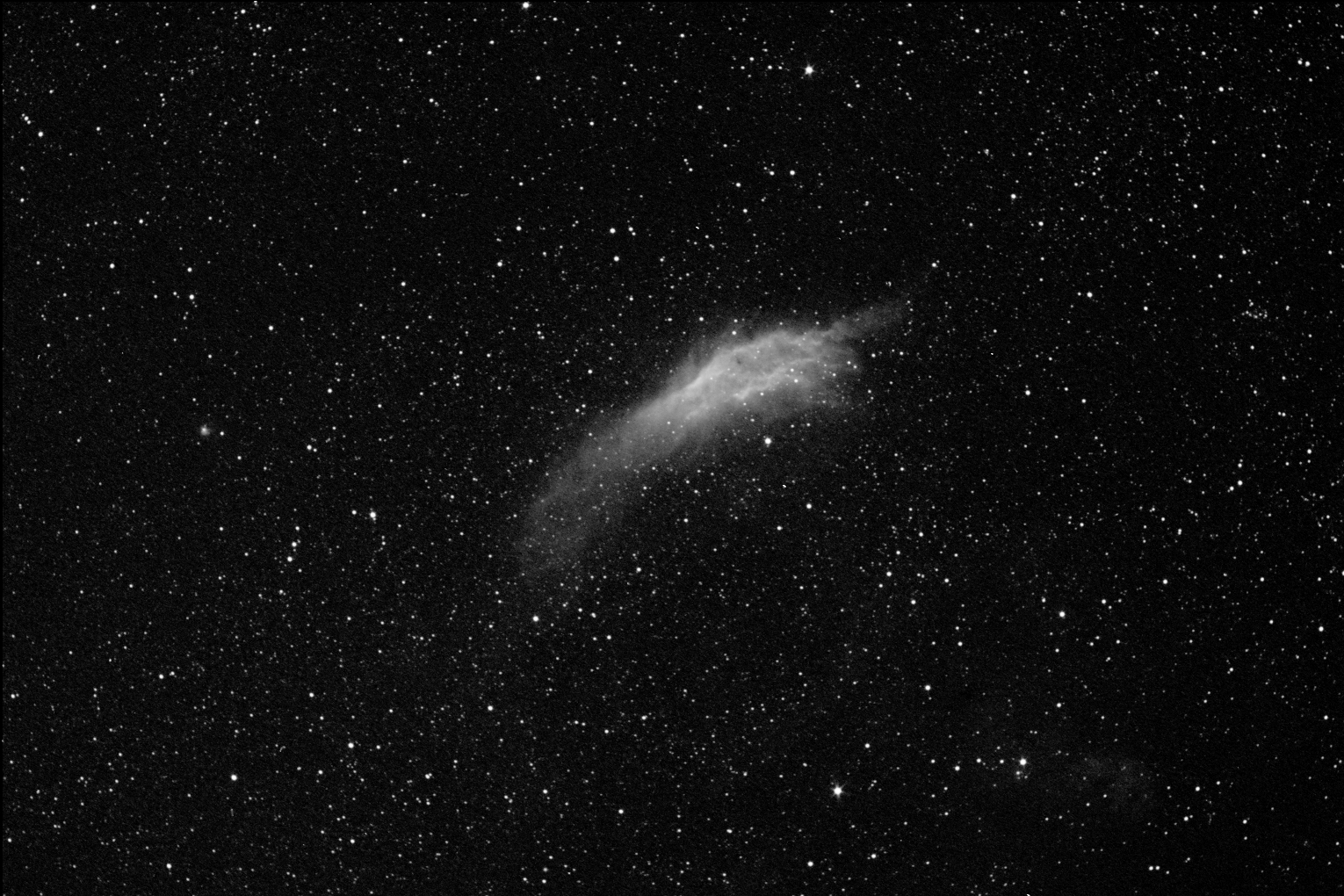
Combination of 12, 5 minute exposures using an H-alpha filter.
SBIG ST-8XE CCD. 50mm Nikon lens at f/4.
From Australia, the appearence of Taurus heralds the appearence of the summer Milky Way. There are numerous deep-sky objects within the constellation, most famously two large and bright open clusters, the Pleiades, M45 and the Hyades. There are also several bright emission nebulae within the constellation.

The brightest of the emission nebulae in Taurus is located just to the north of the Pleiades. This object is NGC 1499, also knnwn as the California Nebula.
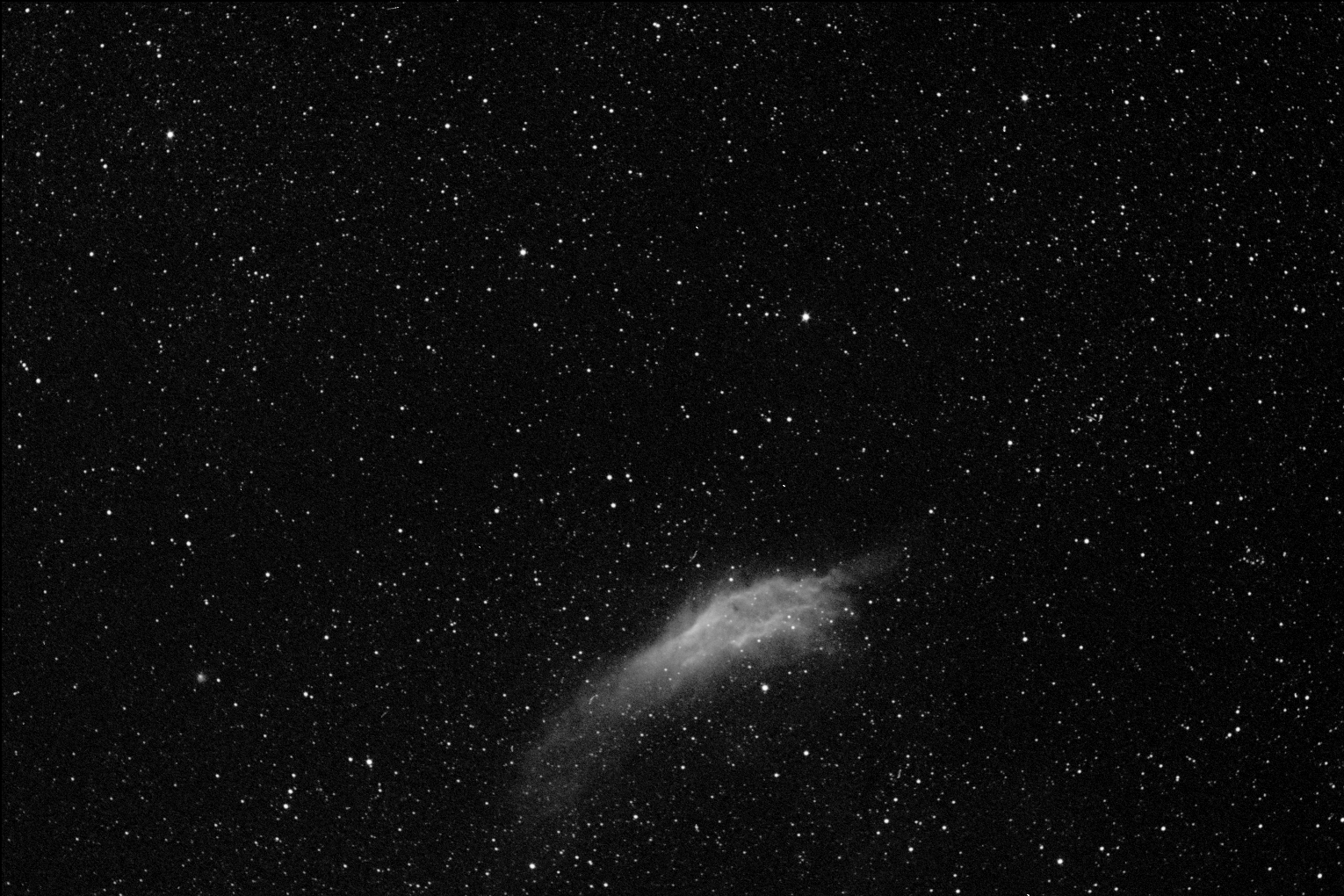
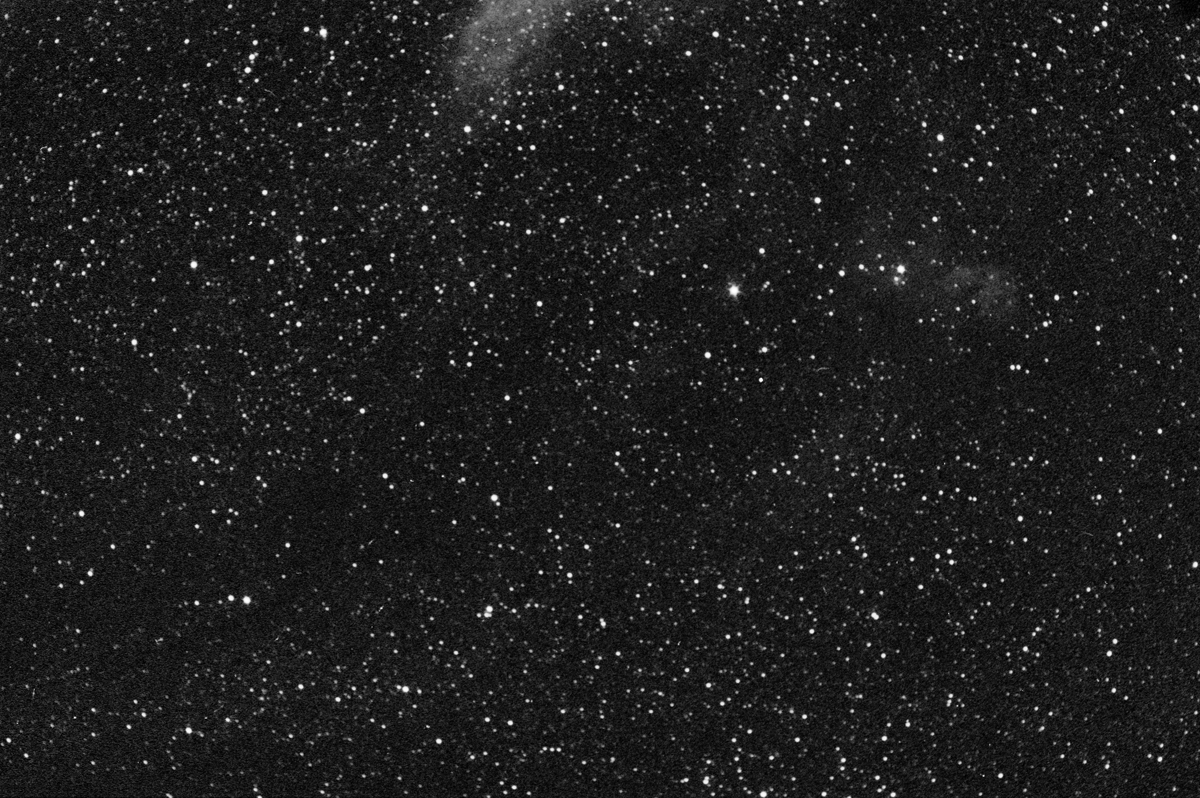
Between NGC 1499 and the Pleiades. The faint patch of nebulosity to the right is NGC 1995.
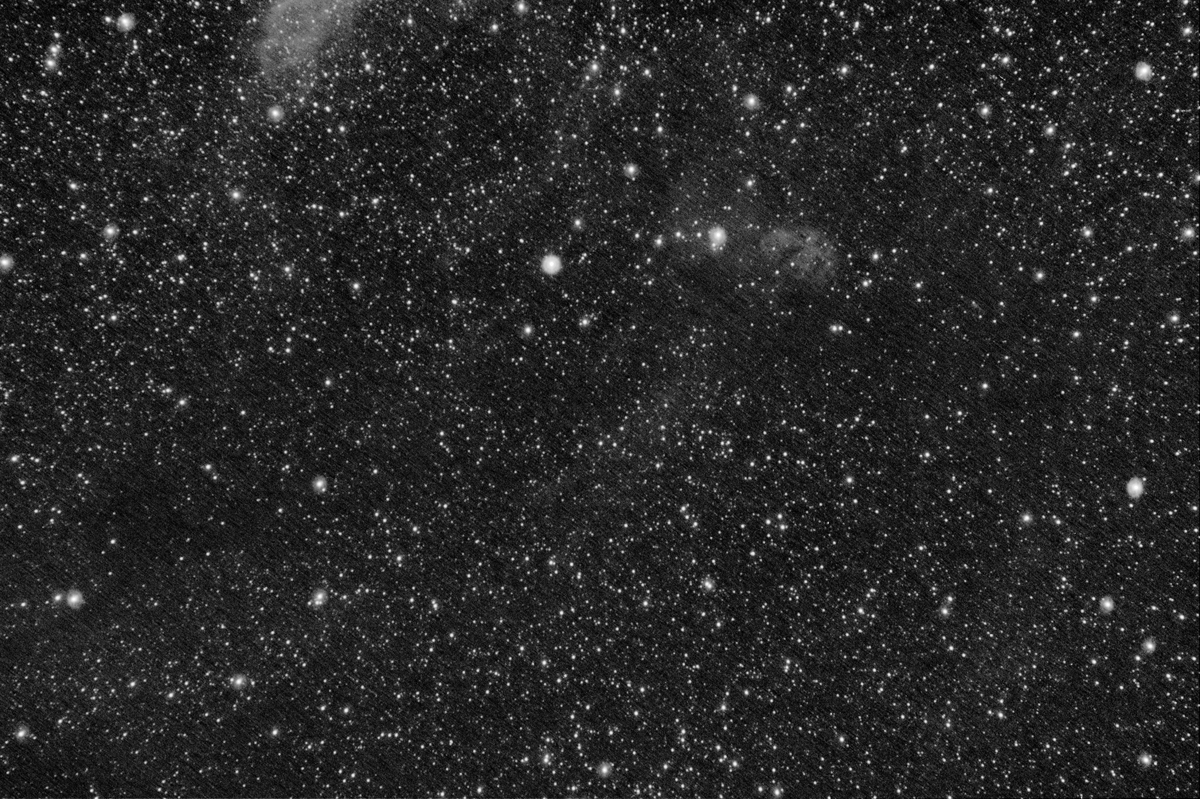
The same region as the previous image but this time taken at f/2.
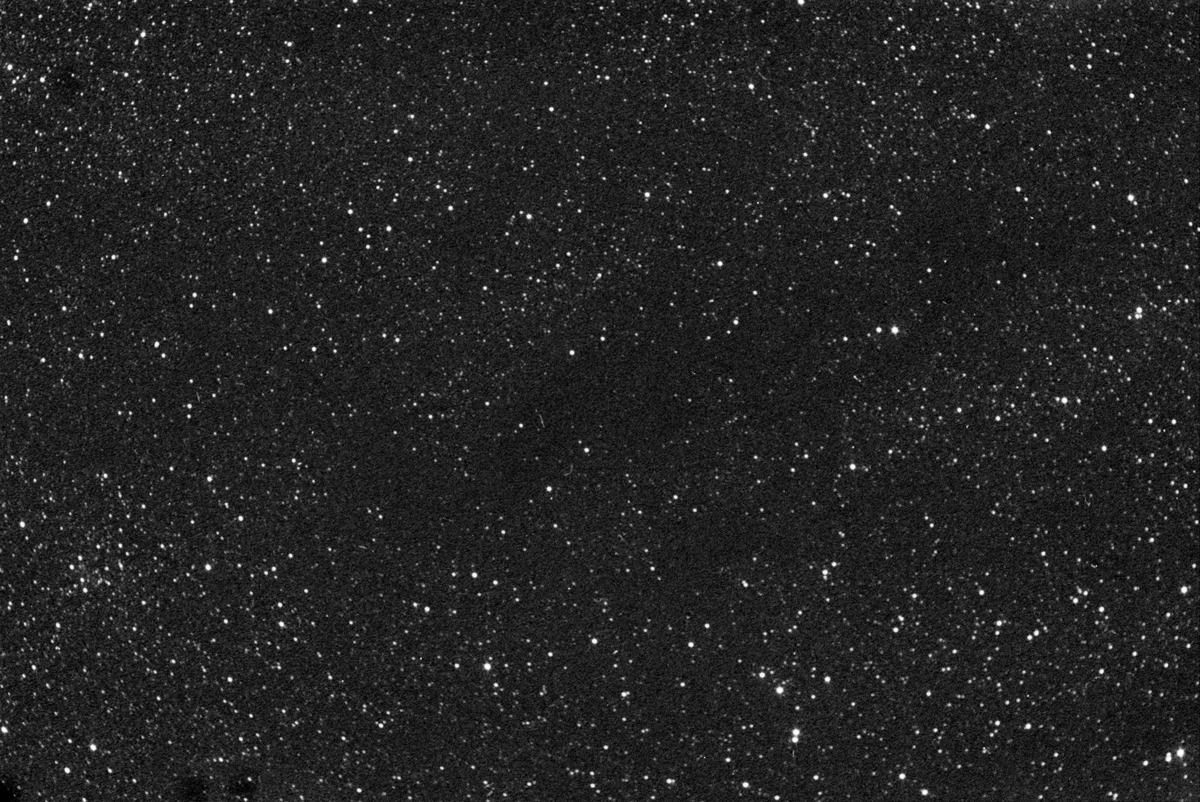
The region between the Pleiades and the Hyades. Here there are no emission nebulae, however there are several large dark nebulae in the area, a couple of which are visible in the image.
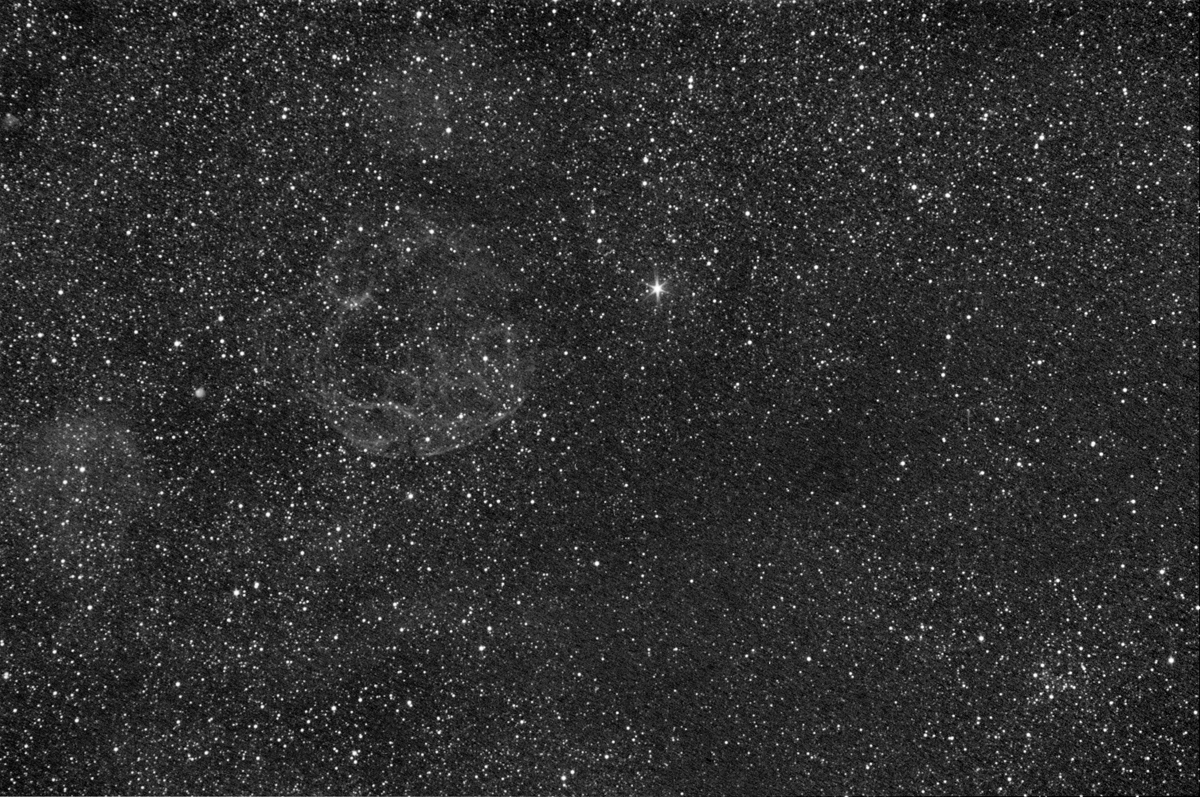
One of the more interesting regions of emission is Semeis 147. This is a huge supernova remnent in the northern part of Taurus, near the border with Auriga. Exceeding faint, this is a relatively recent discovery. The bright star in the centre of the image is beta tauri. Semeis 147 is just to the left of this star.
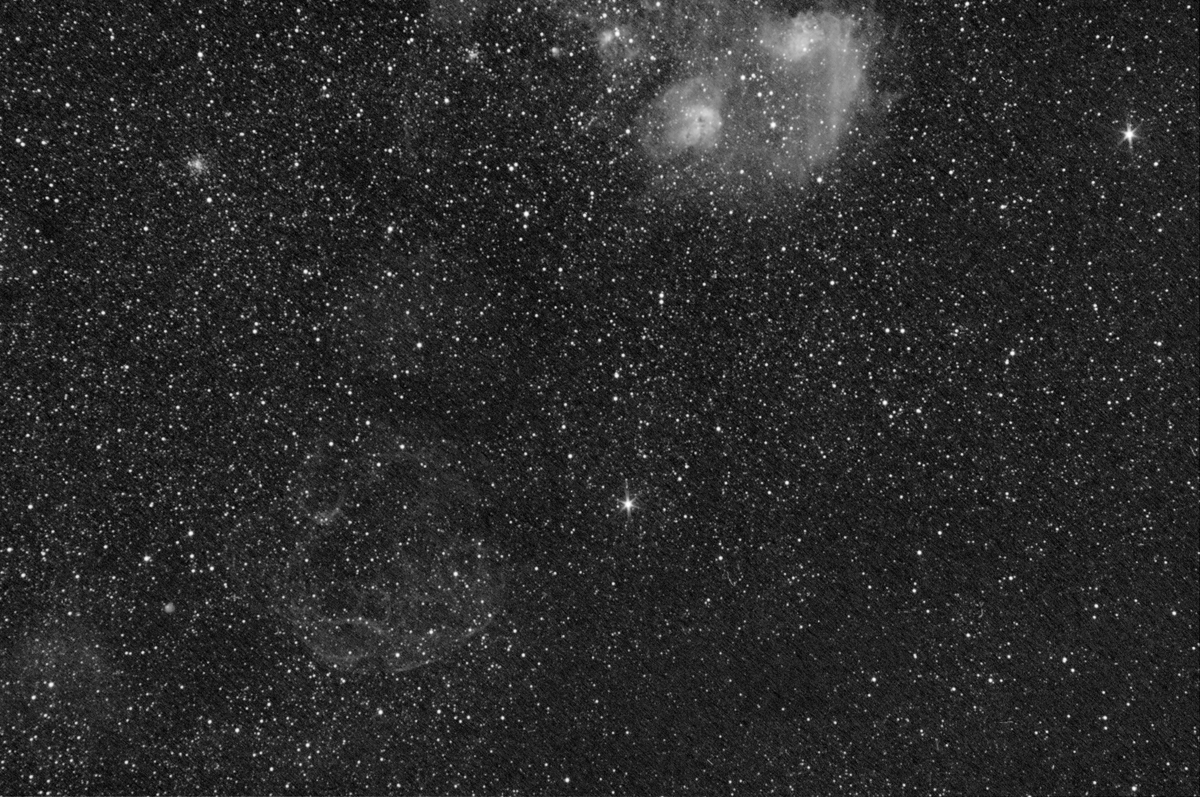
The northern region of Taurus and the southern portion of Auriga. The bright nebulae at the top of the image are IN 405 and IC 410.